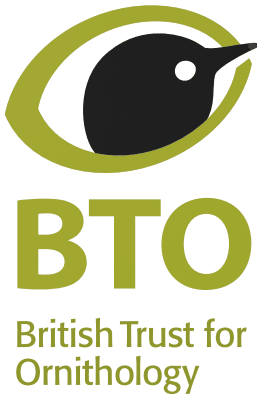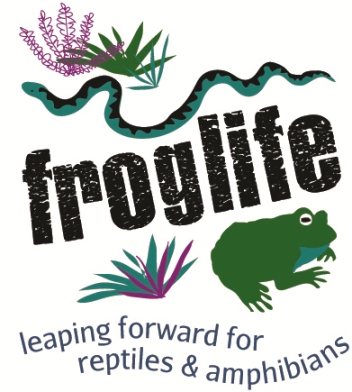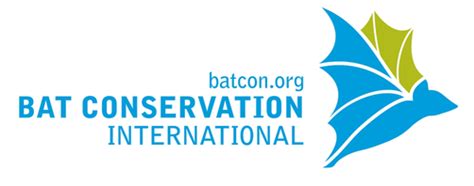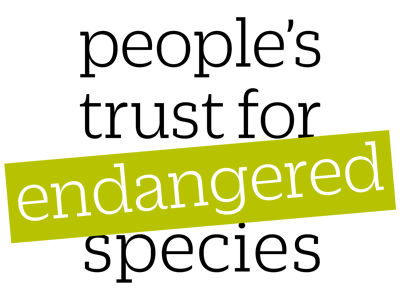Effects of artificial roosts for frugivorous bats on seed dispersal in a Neotropical forest pasture mosaic
-
Published source details
Kelm D.H., Wiesner K.R. & Helversen O.v. (2008) Effects of artificial roosts for frugivorous bats on seed dispersal in a Neotropical forest pasture mosaic. Conservation Biology, 22, 733-741.
Published source details Kelm D.H., Wiesner K.R. & Helversen O.v. (2008) Effects of artificial roosts for frugivorous bats on seed dispersal in a Neotropical forest pasture mosaic. Conservation Biology, 22, 733-741.
Actions
This study is summarised as evidence for the following.
| Action | Category | |
|---|---|---|
|
Provide bat boxes for roosting bats Action Link |
|
-
Provide bat boxes for roosting bats
A replicated, controlled study in 2000–2006 in tropical forest and pasture in the Caribbean lowlands, Costa Rica (Kelm et al 2008) found that bats colonized all 45 artificial roosts in simulated tree trunks installed in forest and forest remnants within an average of three weeks. Five nectar or fruit-eating bat species colonized the artificial roosts permanently in group sizes (2–5 bats) similar to those in natural roosts (3–16 bats): Pallas’ long-tongued bat Glossophaga soricina, Commissaris’s long-tongued bat Glossophaga commissarisi, Seba’s short-tailed bat Carollia perspicillata, Sowell’s short-tailed bat Carollia sowelli and chestnut short-tailed bat Carollia castanea. Artificial roosts were simulated hollow tree trunks made from sawdust concrete slabs forming a square box (54 x 54 x 194 cm or 74 x 74 x 154 cm) and installed in the shade within forest (22 roosts) and forest remnants within pasture (23 roosts). Natural roosts were found and checked along a systematic line transect search. Artificial roosts were checked every 42 days on average with a total of 1,009 checks in 2000–2006.
(Summarised by: Anna Berthinussen)
Output references
|
|

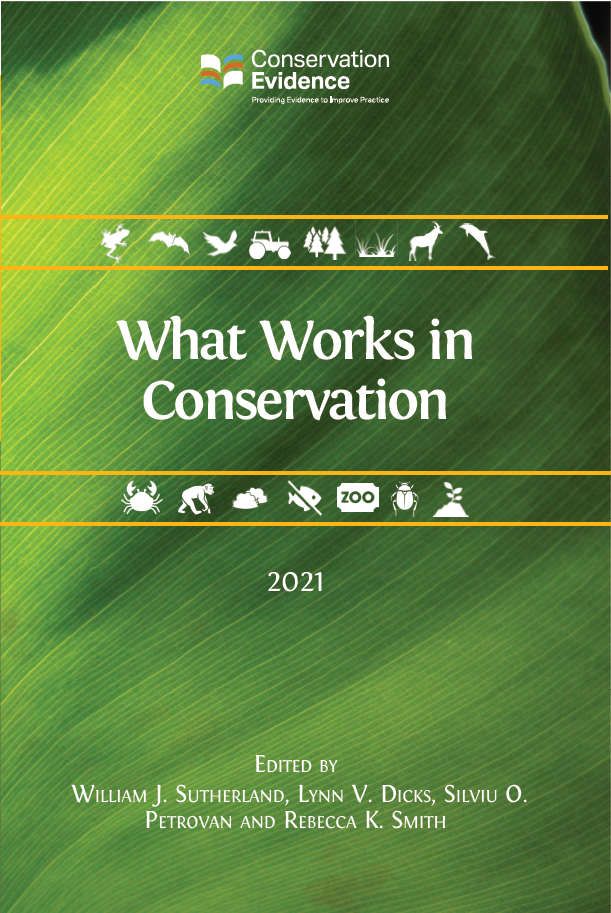
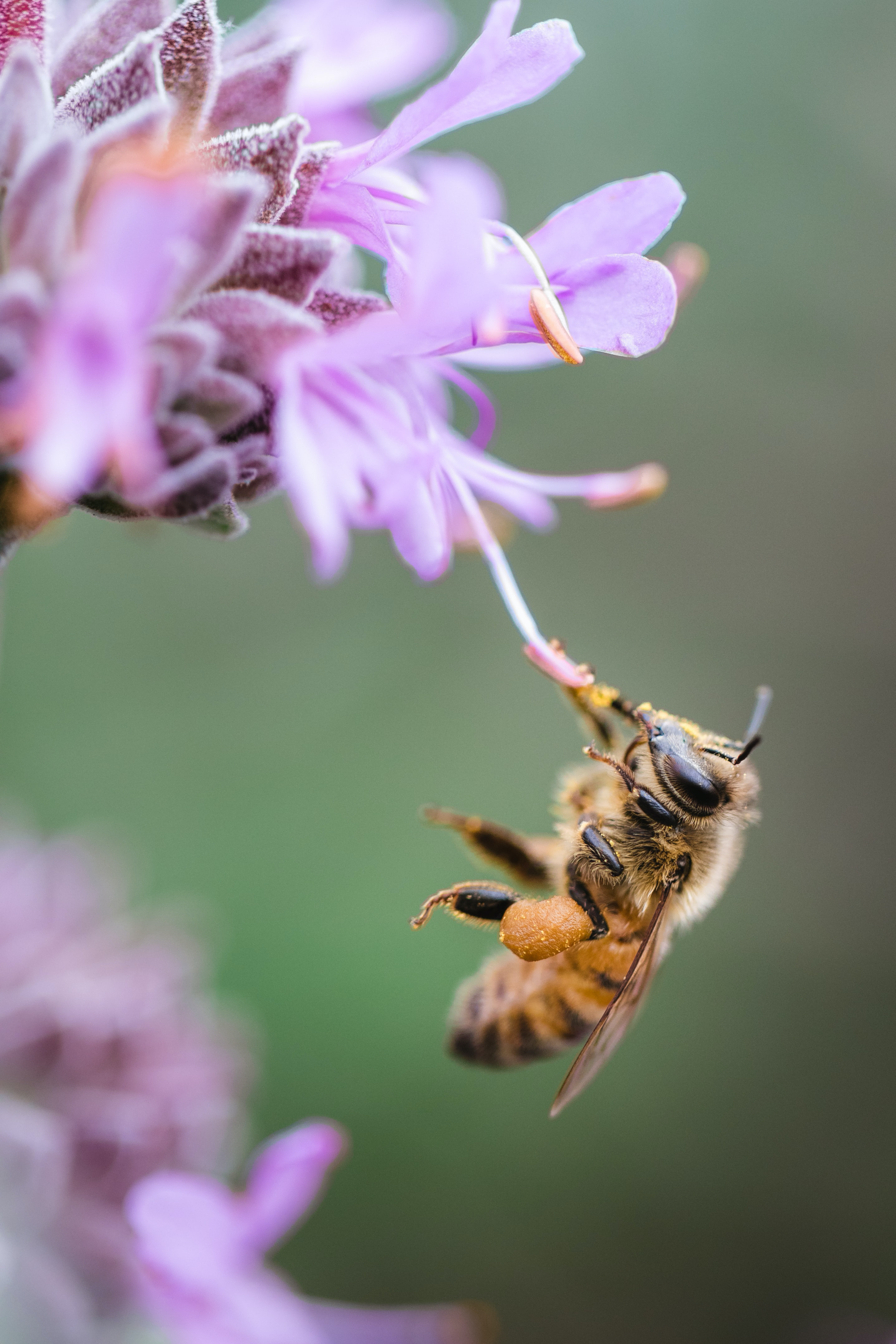


)_2023.JPG)





